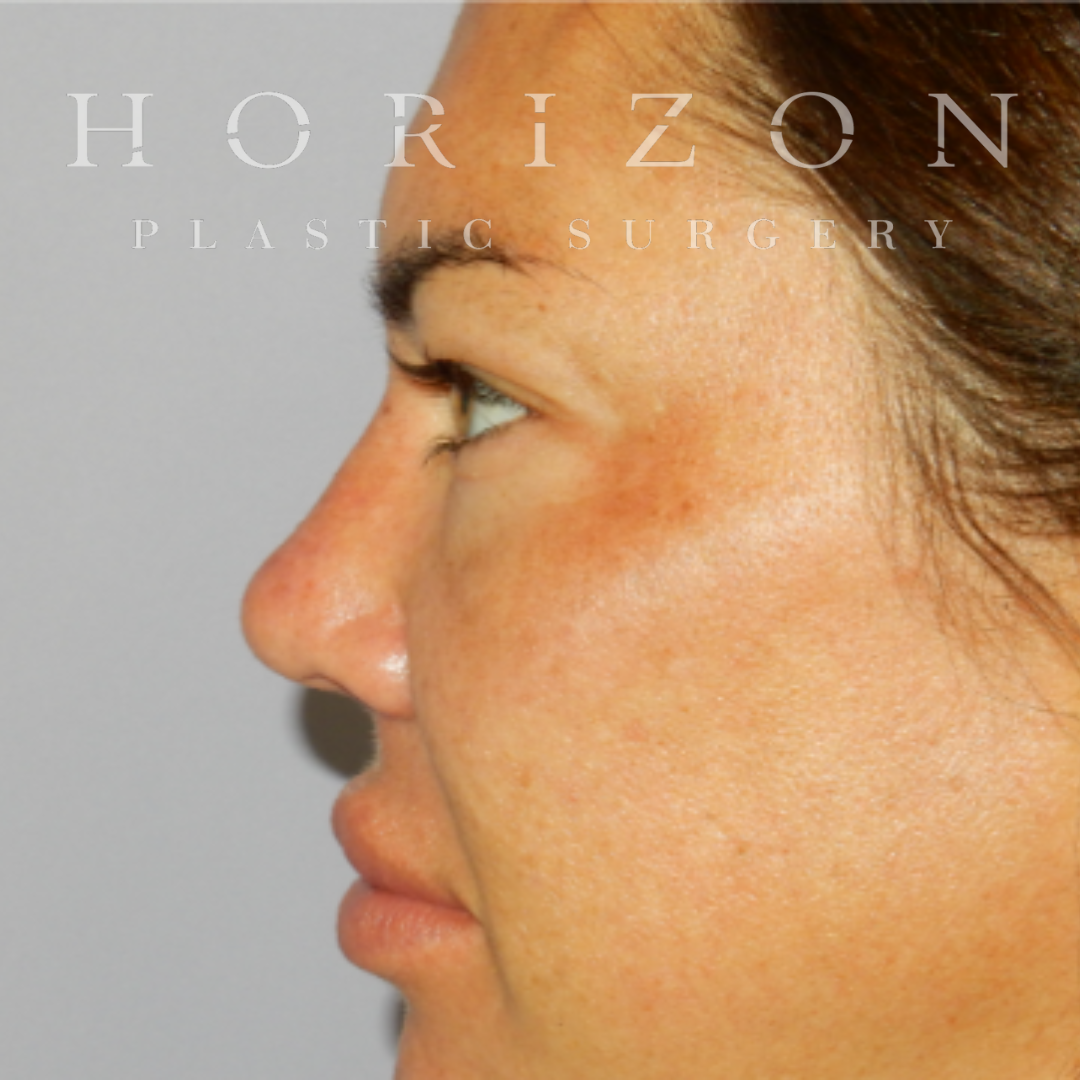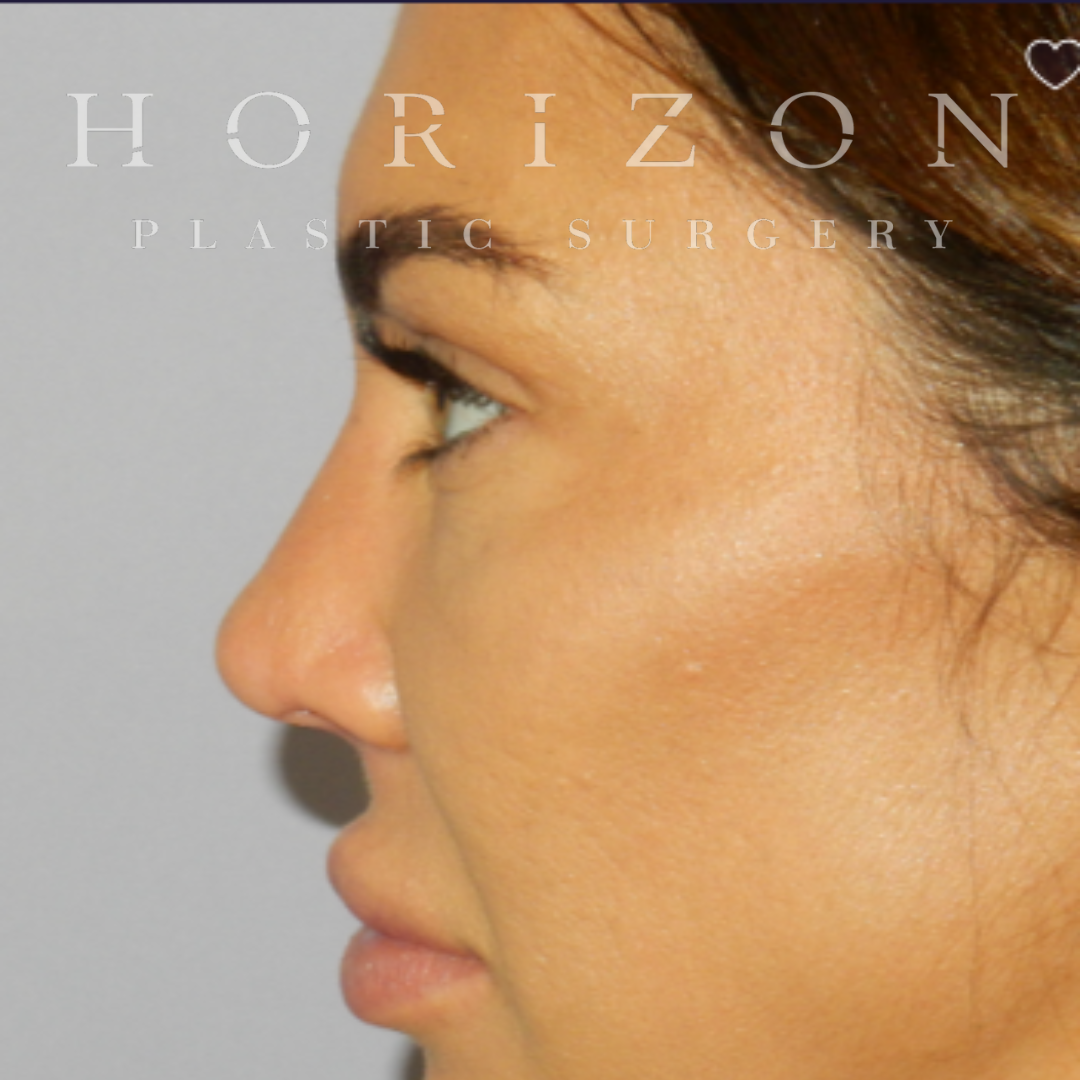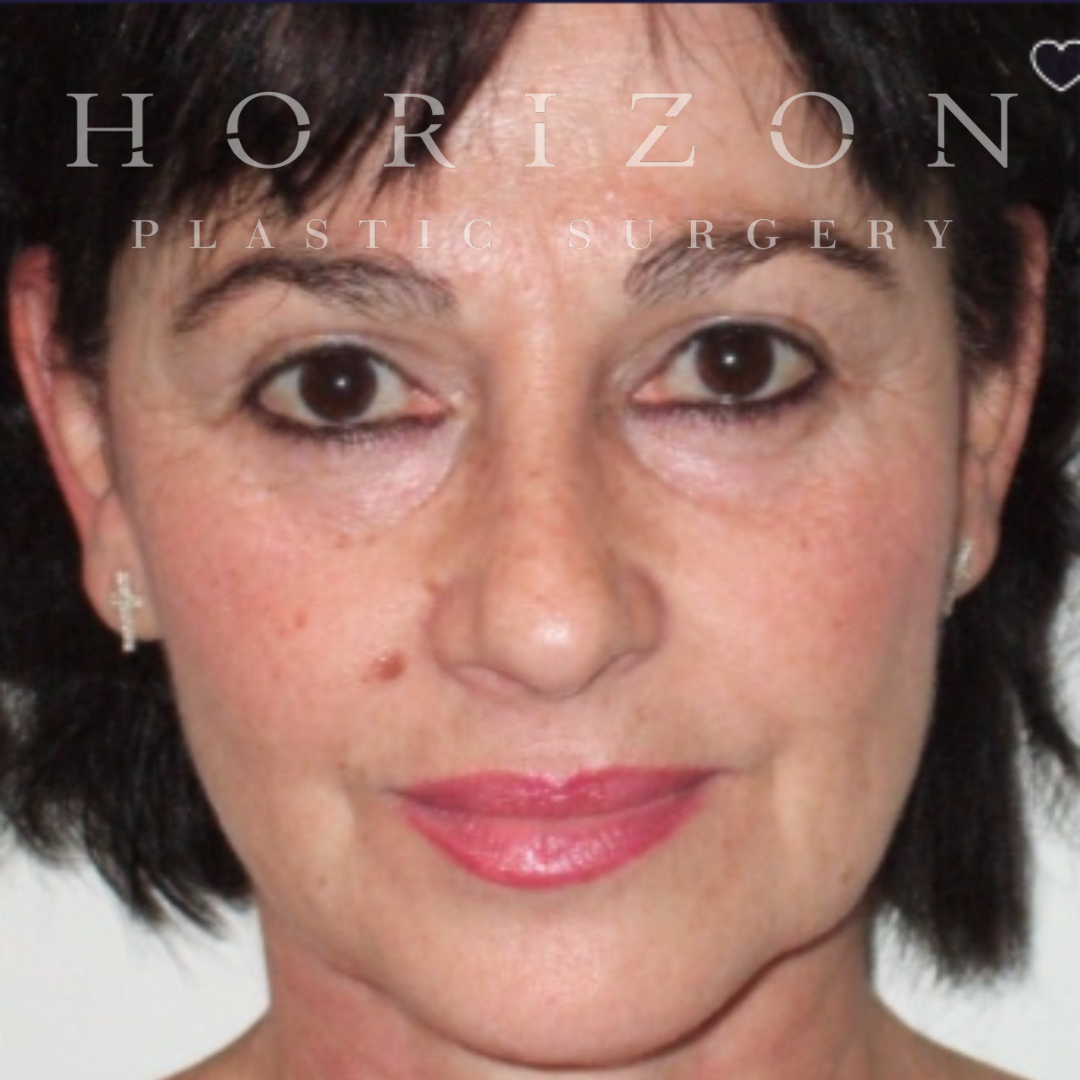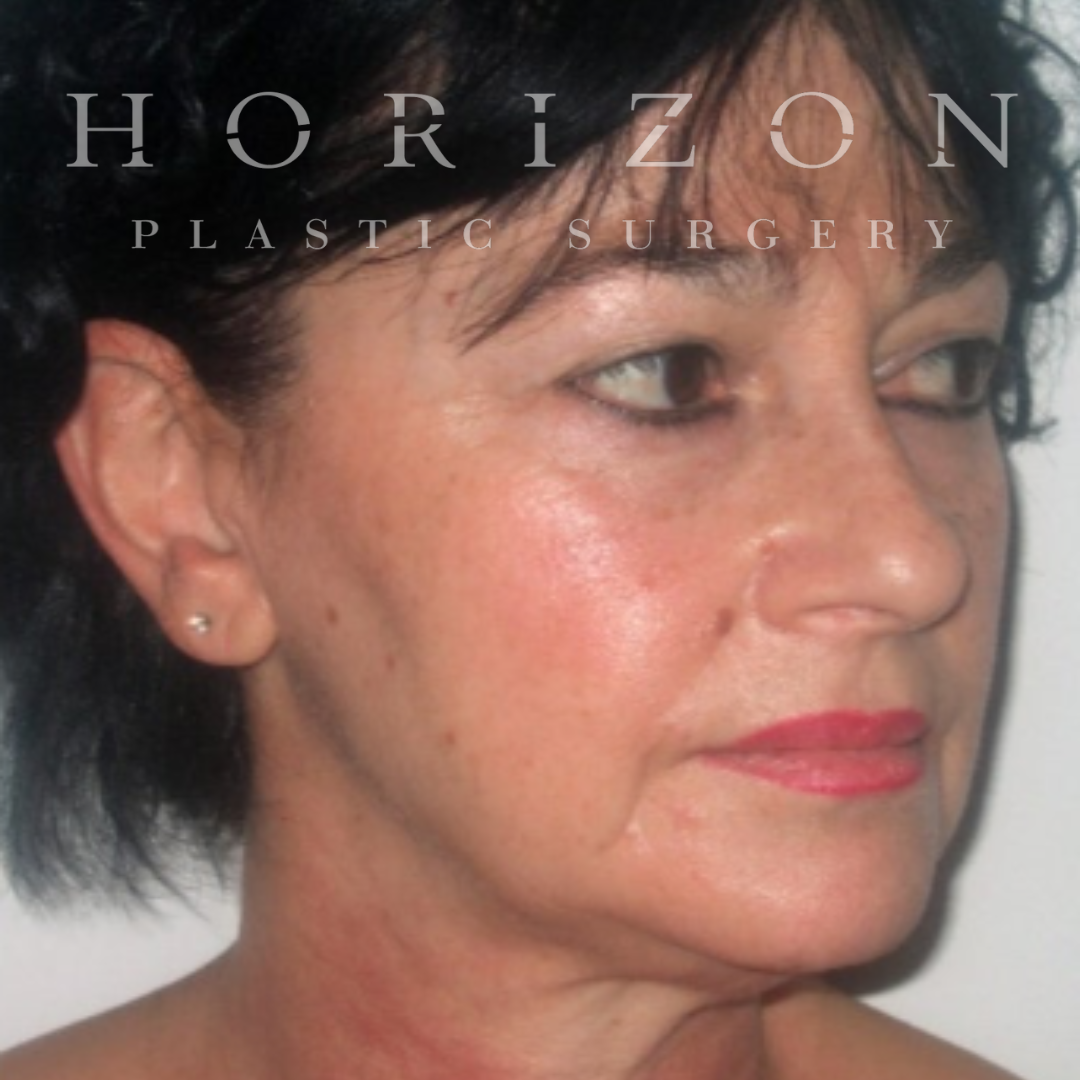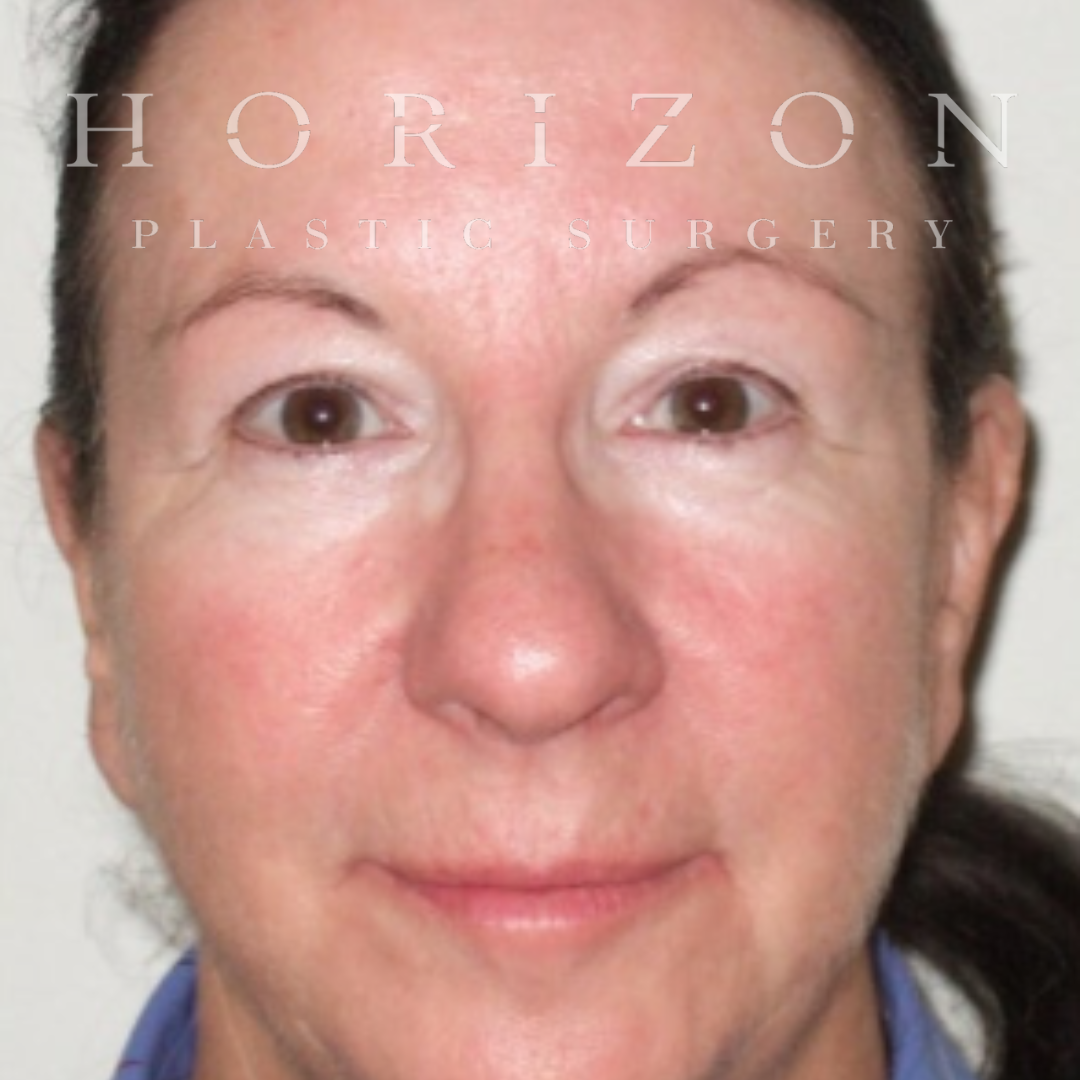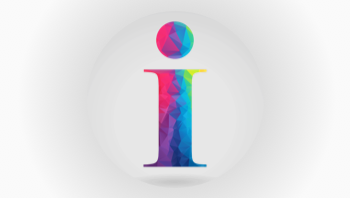UPPER BLEPHAROPLASTY
In patients who have excess or loose upper eyelid skin they may be a candidate for upper blepharoplasty surgery. This procedure aims to remove the excess hooding, improve visual obstruction and the scar, although always present, is often concealed in the upper eyelid crease.
Upper blepharoplasty surgery aims to remove excess skin and improve visual obstruction.
The upper lids need to be assessed in relation to the forehead and the eyebrow position. Often the brows may play a role in making the extra skin around the eyes more noticeable. Occasionally the problem is not to do with the eyelid skin at all and a brow lift may be an option instead.
A medicare item number may be applicable in some patients.
In all patients the operation involves removal of a conservative amount of skin and this gives most (about 80%) of the final cosmetic result. The scar sits in the crease of the eye. Select patients will also benefit from removal of fat behind the eye which gives the final 20% of the result. This fat is often seen as bulging on the inner aspect of the upper eyelid.
LOWER BLEPHAROPLASTY
A lower lid blepharoplasty is a much more difficult operation and is less predictable than the upper lid blepharoplasty. It is designed to remove the fatty tissue under the eyes. The incision is placed just under the lid margin below the eyelashes.
Once again the lower lids cannot be observed in isolation and need to be assessed with the midface (cheek region). A common occurrence is that the midface has descended with time and this causes the lower eyelid to appear longer, as the junction between the eyelid skin and the cheek also drops (lid-cheek junction).
In concept, a lower blepharoplasty is similar to the upper eyelid in respect to the major steps of the procedure being the same – which is to remove excess skin and fat. The same risk of blindness exists as with the upper lid however the main risk from the operation is called ectropion or in its mildest form – scleral show. This is where the lower lid is pulled down and the white of the eye becomes more obvious.
In patients who only have fatty tissue and no skin excess, an incision can be made inside the lower eyelid and the fat can be removed – this is call a transconjunctival blepharoplasty.
If you suffer from dry or irritated eyes it is important to inform you surgeon as this may be temporarily exacerbated after surgery. Typically the recovery involves bruising and swelling (similar to a black eye) for about a week. If performed alone without other procedures then it may be done as a day case in an accredited hospital under twilight or general anaesthesia. In select patients it is possible to do skin only upper blepharoplasty in the consulting rooms under local anaesthetic.

















